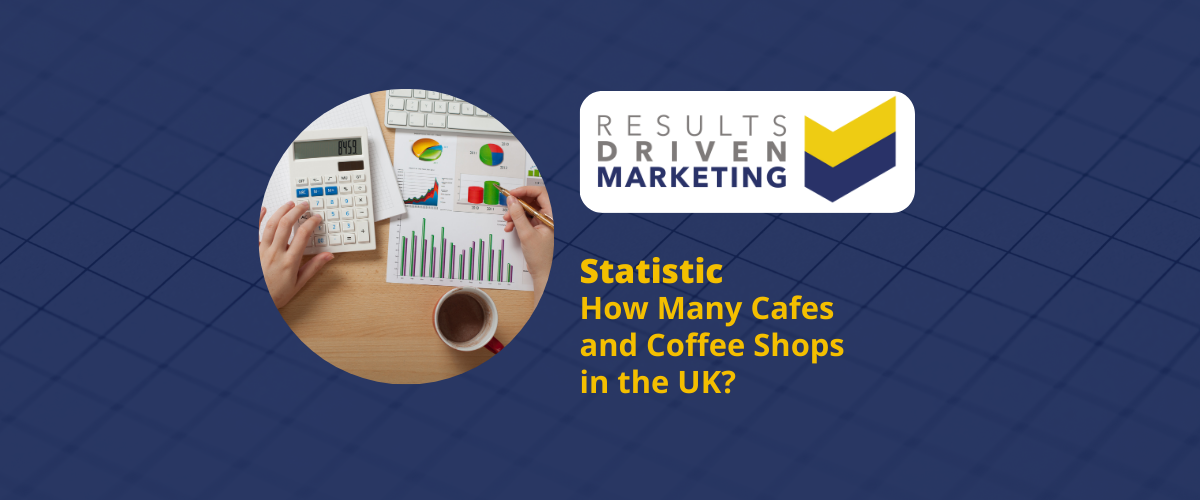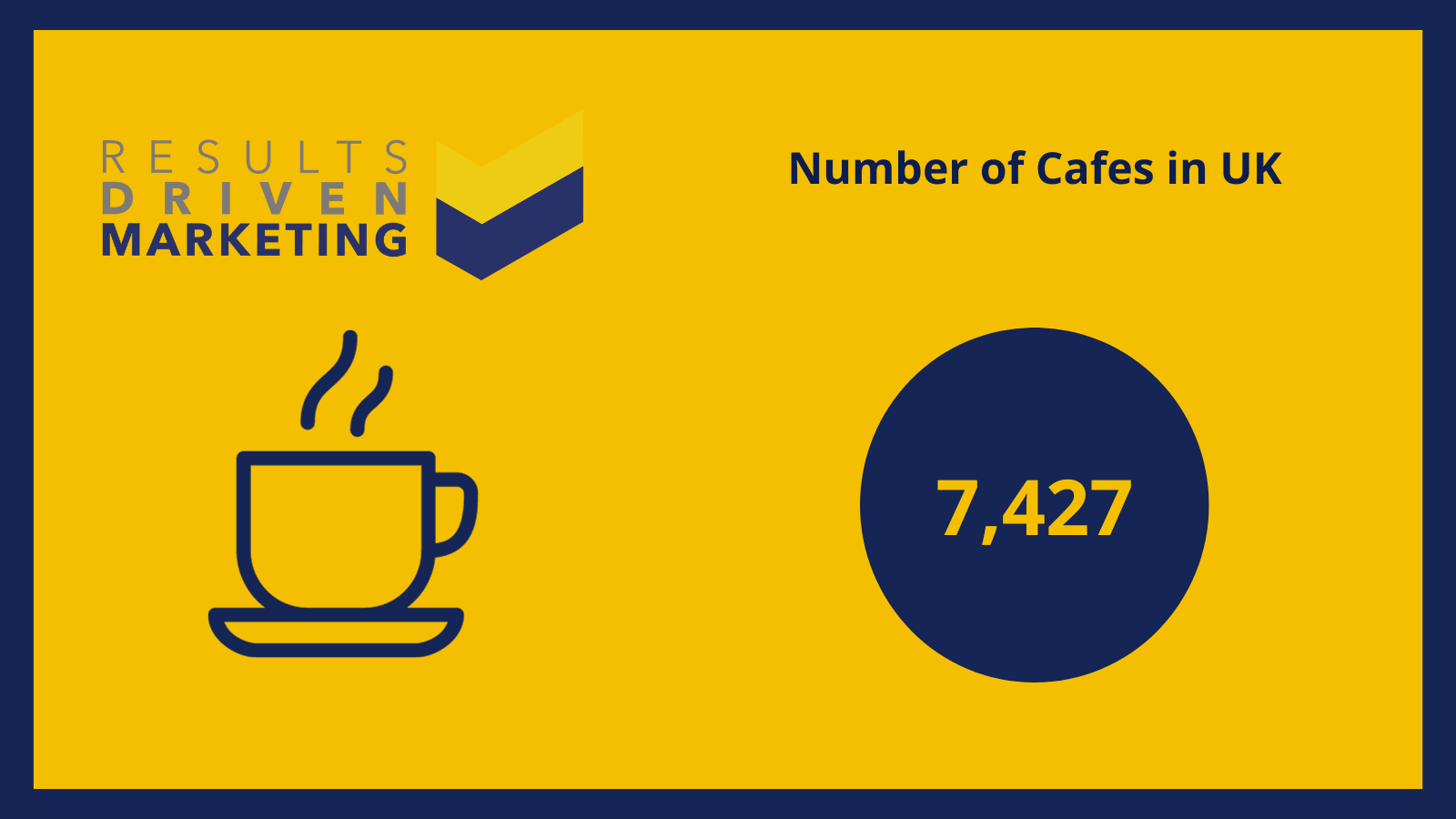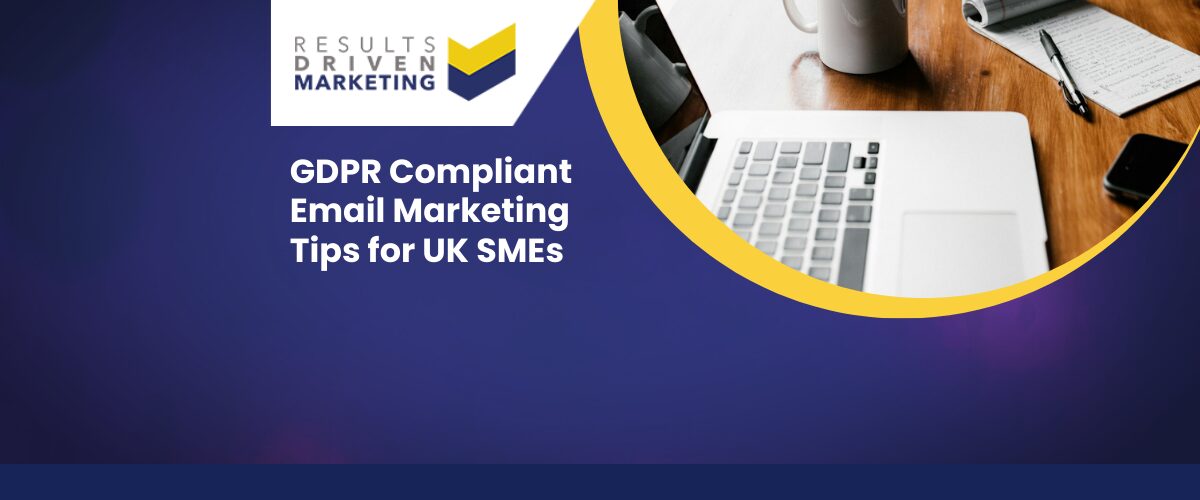
How Many Cafes and Coffee Shops in the UK?
How Many Cafes and Coffee Shops in the UK?
There are 7,427 Cafes & Coffee Shops businesses in the UK as of 2022, an increase of 0.5% from 2021.
Looking for a UK Cafes Database?
Feel free to contact us today.
Table of contents:
Percolating Success: A Comprehensive Overview of the UK’s Thriving Cafe and UK Cafes Industry in 2023
The cafe and coffee shop industry in the UK presents a dynamic and flourishing sector, showing resilience and growth even in the face of challenges like inflation and changing consumer habits. As of 2023, the industry consists of approximately 7,736 enterprises, marking a 4.16% increase from the previous year. This growth is reflected in the branded coffee shop market, which achieved 11.9% sales growth over the last 12 months, expanding to 9,885 outlets. Moreover, the total number of coffee shops in United Kingdom is an impressive 9,540, indicating a robust market with sales likely to surpass pre-pandemic levels by the end of 2023.
The UK’s coffee shop chains in the UK market is a significant contributor to the economy, valued at £15 billion annually. This market includes over 30,000 cafes, coffee chains in UK, and other venues serving coffee. Among these, there are more than 8,000 branded coffee shop chains in UK, with prominent names like Costa, Greggs, Starbucks, McCafe, and Nero leading the market.
This industry’s strength lies not only in its size but also in its diversity, offering a wide range of options to cater to various consumer preferences. The favorite coffee drinks in the UK are latte, cappuccino, and flat white, and the average time for the first cup of coffee is around 9:01 am, reflecting the nation’s strong coffee culture.
In summary, the cafe and coffee shops in United Kingdom is a vibrant and growing sector, with a large number of enterprises and a substantial market value. Its success is driven by a diverse range of offerings and the country’s strong coffee culture.
Effective Marketing Strategies for Targeting Cafes and Coffee Chains in UK
Introduction
In today’s competitive marketplace, marketing products and services to cafes database and coffee chains in UK requires a nuanced approach. These establishments are often flooded with offers, making it crucial for suppliers and service providers to stand out. This article explores effective strategies to market products and services to cafes database and coffee shops to buy in the UK, ensuring your offerings not only reach the right audience but also resonate with them.
Understanding the Audience
1. Know the Market: Start by researching the cafe and coffee shop to buy industry. Understand their needs, challenges, and the trends influencing their decisions. This knowledge will help tailor your marketing message to address their specific requirements.
2. Identify Decision-Makers: Typically, UK cafes database and coffee shop to buy in UK have a manager or owner making procurement decisions. Targeting your efforts towards these key individuals is more efficient than a blanket marketing approach.
Tailored Marketing Strategies
3. Product Demonstrations: Offer free samples or demonstrations of your products. This hands-on experience can be more effective than traditional advertising, allowing cafe owners to see the value of your product firsthand.
4. Customised Solutions: Show how your product or service can be customised to meet the unique needs of each cafe. Personalisation makes your offering more appealing.
5. Collaborative Partnerships: Consider partnerships or collaborations that can benefit both parties. For example, a coffee bean supplier could partner with a cafe for a special blend exclusive to that cafe.
Utilising Digital Marketing
6. Social Media Engagement: Engage with UK cafes and coffee shops in United Kingdom on social media platforms. Share relevant content, respond to their postal mailing list, and build a community around your brand.
7. Targeted Online Advertising: Use targeted ads to reach cafe owners on platforms they frequent, such as industry blogs, culinary websites, or social media groups.
Building Relationships
8. Networking: Attend industry events, trade shows, and local business meetings. Networking is key to building relationships with cafe owners and managers.
9. Customer Testimonials: Share testimonials and case studies from other UK cafes that have benefited from your products or services. Real-world examples can be persuasive.
Educational Approach
10. Provide Value-Added Content: Create and share content that adds value, such as industry insights, tips for cafe chain in management, or trends in coffee culture. This positions you as a thought leader.
11. Workshops and Webinars: Host events that educate cafe chain in UK owners on industry best practices, showcasing how your product or service fits into these practices.
Conclusion
Effectively marketing to UK cafes and coffee shop chains in UK requires a mix of personalisation, digital savviness, and relationship-building. Understanding the unique needs and preferences of this niche market enables tailored marketing strategies that resonate with cafe chain in UK owners. By combining targeted marketing tactics with value-driven content and personal engagement, you can successfully promote your products and services to this dynamic industry.
Thinking of “how do I buy data” or what quality the data is? Don’t worry we have you got you.
Who are we?
Dedicated to lead generation, Results Driven Marketing provides myriad services SMEs can trust to deliver results.
Our marketing lists are guaranteed accurate to industry high standards, and GDPR compliant and our experience team means that if you are looking to buy data, they make them totally bespoke and highly relevant whether you are looking for email lists, direct mailing lists or for telemarketing data in telemarketing lists.
We also provide data cleansing and data enrichment services to make sure you receive the best quality data.
We also provide data for an international email list so that you can increase your email marketing lists.
Our email marketing software and email automation software is highly rated. Responder provides the automation tools you need to put your marketing on autopilot.
We have connections with b2c data brokers to connect you with the best b2c data you need.
We also supply email marketing solutions with our email marketing platform.
Call us today on 0191 406 6399 to discuss your specific needs.
Results Driven Marketing
info@rdmarketing.co.uk
0191 406 6399






